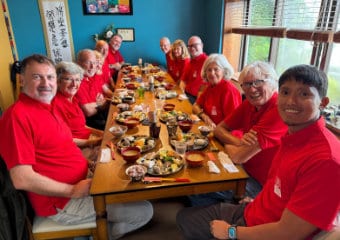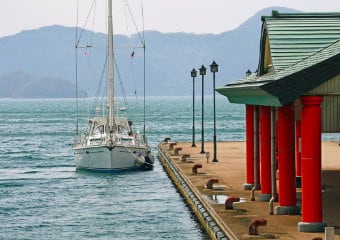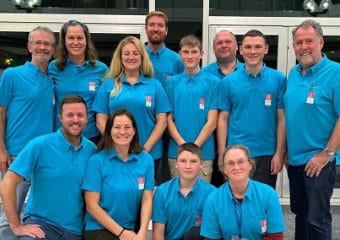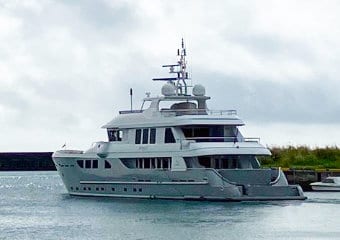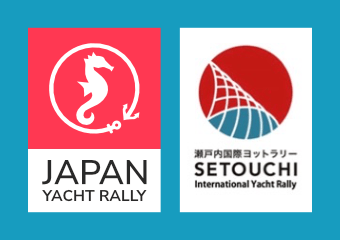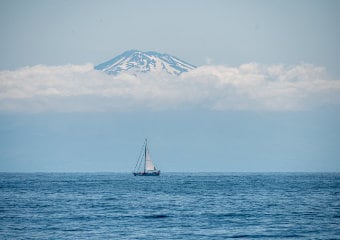One of the most frequent questions I get from cruisers coming to Japan is about the route that they should take after they get here. That depends, of course, on where they enter Japan and on how long they plan to stay. Japan is a very big country with unlimited cruising destinations and routes - I spent six years cruising Japan almost full time and still feel that I barely scratched the surface.
In this seven-part "Kirk's Take" series, therefore, I will provide information to help foreign boats consider their Japan cruising options. And I will highlight some of the special sights and attractions along each route.
The seven parts of the series are:
- Entering from the South: 3-Month Plan
- Entering from the South: 15-Month Plan
- Entering from the North: 3-Month and 15-Month Plans
- Japan Circumnavigation: Entering from the South
- Japan Circumnavigation: Entering from the North
- Circumnavigating Japan: A "True" Circumnavigation
- Summary and Special Tips
Part One
Entering from the South: 3-Month Plan

Most foreign cruisers enter Japan in the south in March (clearing in at Ishigaki Island or the main island of Okinawa, either Naha or Yonabaru), with the goal of heading to the northern island of Hokkaido and then on to Alaska (or the west coast of Canada or the United States) in June. This is the standard Japan cruising route and schedule.
From Ishigaki or Okinawa, cruisers island hop to Yakushima, at which point they have to choose between going to Hokkaido via the Sea of Japan or via the Pacific coast. I strongly recommend the Sea of Japan route because it:
- Has more interesting historical/cultural attractions;
- Has more moorage options appropriate for smaller boats (Pacific Coast ports tend to be more crowded and built to accommodate commercial ships and larger fishing boats, and marinas there are more expensive);
- Has a fairly regular coastline that allows for easy daily passages (along the Pacific Coast, there are several areas that require either straight-line, overnight passages - not recommended - or multi-stop detours);
- Is generally calmer and has less swell than the Pacific coast;
- Has a weak following current all the way (on the Pacific Coast, one has a fairly strong contrary current for the northern half of the trip to Hokkaido);
- Has less shipping and fishing-boat traffic;
- Has less fog (on the Pacific Coast, there is often thick fog from Tokyo north);
- Has less hondawara seaweed to foul props.
Taking the Sea of Japan route, most cruisers harbor-hop up the Kyushu and Honshu coasts to Hakodate on the southern tip of Hokkaido and then to Kushiro in NE Hokkaido to prepare for the jump to Alaska and beyond. Some cruisers, though, head up the more interesting west coast of Hokkaido and then clear out of Wakkanai (Japan's northernmost port). Cruisers doing the Pacific coast route go straight to Kushiro.
This is a very fast passage in a very short time, so cruisers will only get a tantalizing glimpse of Japan, its people, and its culture. But here a few highlights.
Yakushima
A UNESCO World Natural Heritage Site with towering mountains, waterfalls, hot springs, and hikes past 1,000-year-old cedar trees.
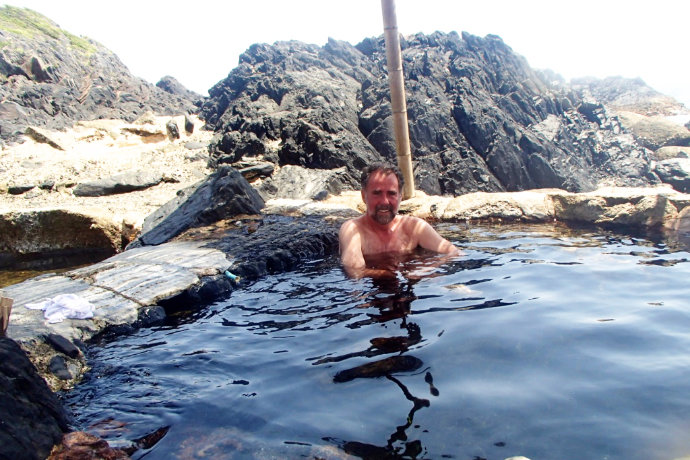
Nagasaki
If one can only visit one Japanese city, it should be Nagasaki because it best encapsulates the past 600 years of Japanese history - earliest contact with Westerners, tragic interaction with Christianity, the only port open to Western traders for the 250-year isolation period, the starting point for Japan's industrial revolution, and the horror of the atomic bomb.
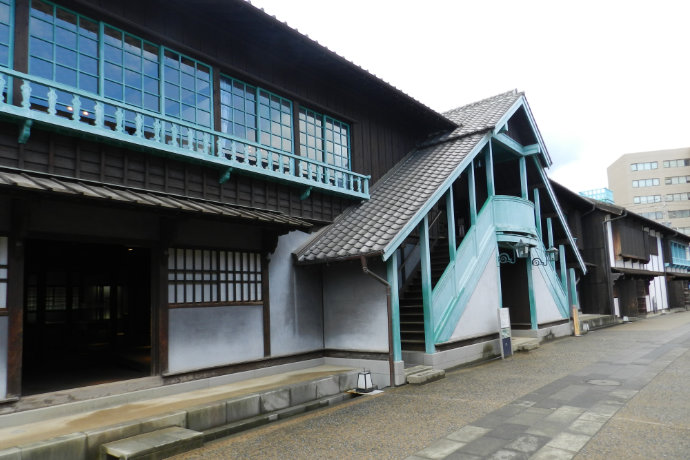
Ine, Kyoto
A small fishing port on the Sea of Japan, Ine is famous for the 350 beautiful funaya boat houses that line the shore. In olden times, fishermen kept their boats under the houses and lived upstairs (now they moor their larger boats out front).
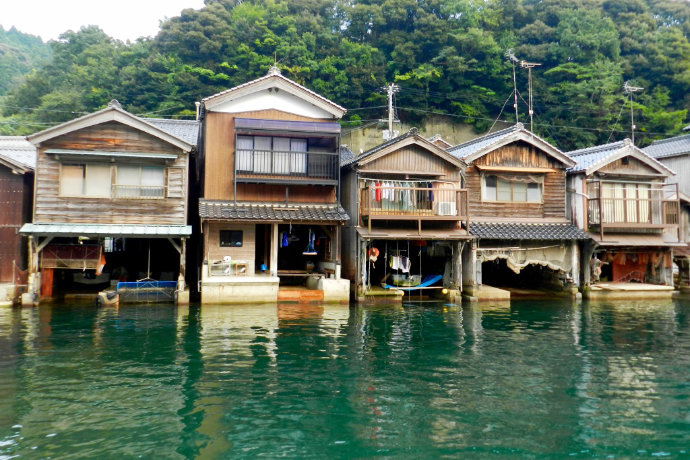
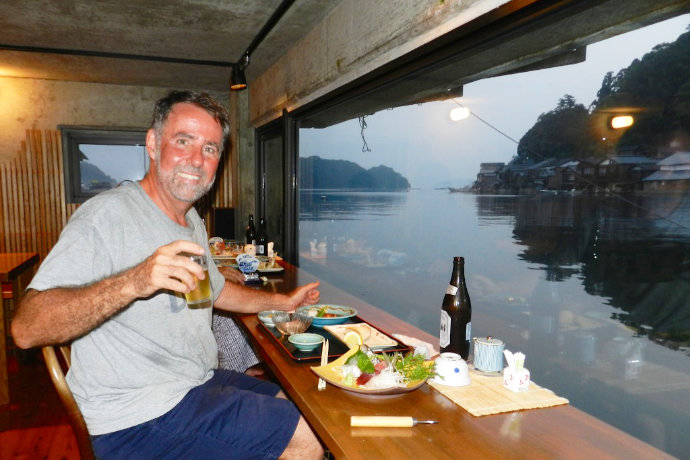
Hakodate, Hokkaido
Most North American-bound cruisers stop in Hakodate for some welcome R&R and provisioning. It's a lovely port city with an interesting history, and a trip up the mountain tram gives a spectacular view of the harbor and surroundings. The friendly local yacht club leases well-protected and convenient space in the harbor that it provides free to cruisers.
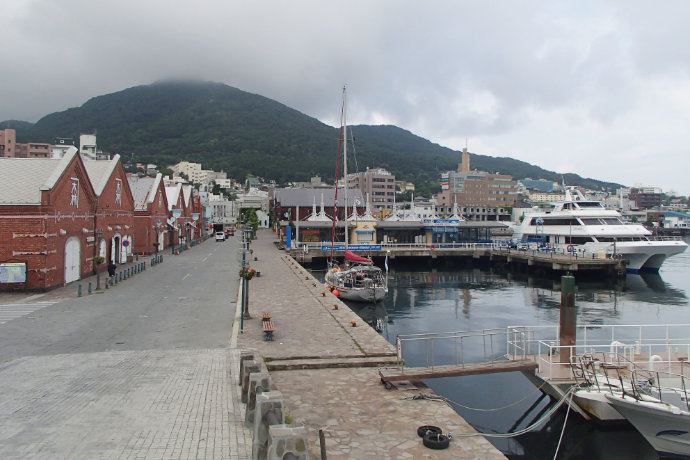
Japan Cruising Routes
To learn how Konpira Yacht Services can help you enjoy the wonders of Japan's oceans, please feel free to contact us for more information.
